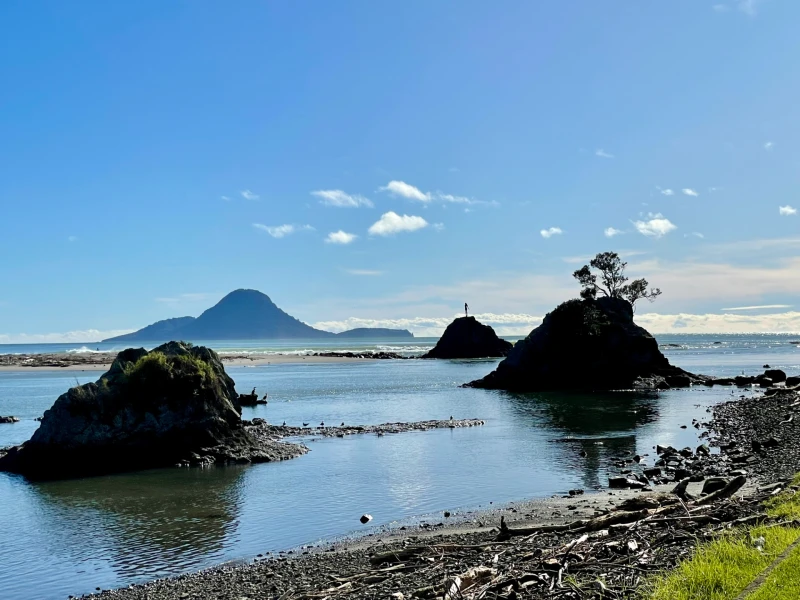Irakewa rāua ko Te Tua
A kōrero from the Te Tua Uriuri era
Irakewa was a seer who could astral project, moving from one place to another in the spirit realm.
One such journey was to Te Puku-o-te-wheke, to Kākahoroa, to the place where his father, Awamorehurehu, was born, here in Aotearoa.
Irakewa’s first wife, Kiwa, had also originated from there and travelled to Mauke with Awamorehurehu on one of his journeys back to Mauke. On arrival, Kiwa and Irakewa were betrothed.
Another version is that Irakewa was on the waka with his parents when they circumnavigated Aotearoa. He wed his wife Kiwa and they returned to Mauke together where they raised their children.

Irakewa had 2 wives - Kiwa of Te Tini o Toi in Aotearoa and Wekanui from Mauke.
Irakewa awoke from his spirit journey with Kākahoroa in mind as the home in which his descendants would live. His children would need a great vessel to traverse the oceans.
Irakewa went to the forest of Rangimānuka in search of the guardian, Te Tua. He told her of his vision and the waka needed. He asked her permission for the trees in which to build the ship.
She required him to spend the night with her in payment for the trees. The following morning the kuia, Te Tua, coughed. This is where the saying, “Te pō i kaha ai, i mare ai,” originated.
Te Tua gifted two large Tāmanu trees for the waka, Taweu and Taporo.
Irakewa, along with Tāneatua, Toroa and Rata recited karakia and the building of the double hulled canoe commenced.
The waka was called Pōmare in reference to the above proverb.
Once the waka was complete, it was drawn to the water’s edge where the name Te Tua Matua was given.
Irakewa and his wives stayed behind on Mauke while their children amongst others boarded the waka and began their journey to Kākahoroa.

